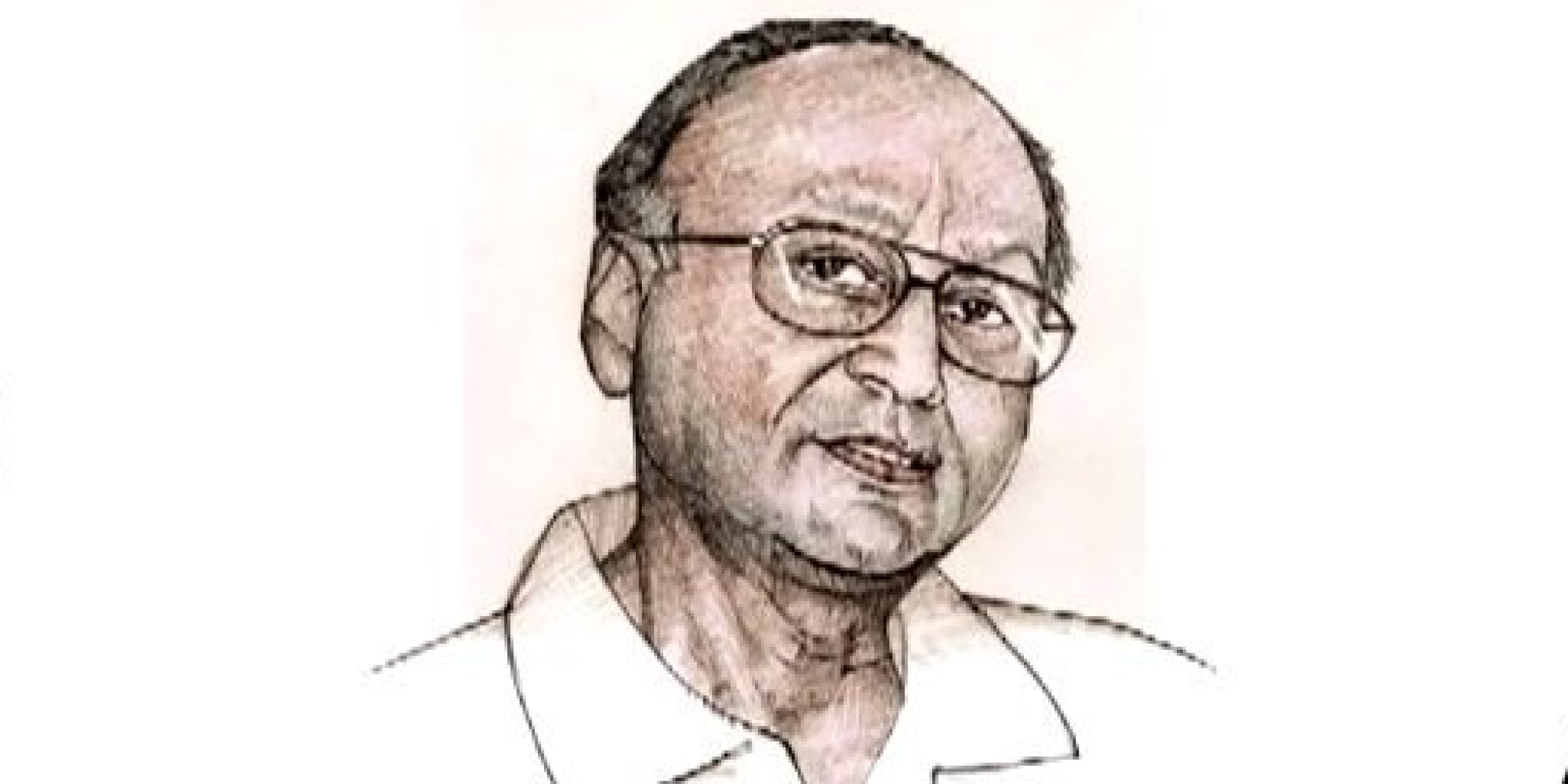If A.K. Ramanujan, R. Parthasarathy and Nissim Ezekiel, the first generation of ‘new poets’ are said to have ushered in modernism in Indian English poetry, Jayanta Mahapatra can be called the major voice among the second generation of modern poets. The Sahitya Akademi award given in 1981 for the first time to an Indian English poet, commended his poetic volume Relationship as “an outstanding contribution to Indian English literature for its awareness of the Indian heritage, evocative description, significant reflection and linking of personal reminiscence with race memory”.
Born in 1928, in Cuttack, Mahapartra has been a late entrant to the Indian English poetic scene. His discipline is physics and he is Reader at Ravenshaw College, Cuttack. Though his poetic art bloomed as late as 1971, with his first two collections of poetry coming out simultaneously — Close the Sky, Ten by Ten and Swayamvara and Other Poems, his career has been fast moving and his poetic output considerable.
ADVERTISEMENTS:
His other volumes are A Rain of Rites (1976), A Father’s Hours (1976), Waiting (1979), The False Start (1980) Relationship (1980), Life Signs (1983) and the most recent one Burden of Waves and Fruit (1986). Mahapatra has the singular distinction of having been published widely abroad in journals like Westerly, Quadrant, (Australia) Kunapipi (Denmark) Dalhousie Review, Toronto South Asian Review (Canada) and TLS, Critical Quarterly (UK). He won the Poetry Award of International Who’s Who in Poetry in 1980, and the Jacob Glashen Memorial Award instituted by Poetry, Chicago in 1975. He has travelled widely, as Visiting Writer to Iowa, Australia and Japan and to give poetry readings in a number of overseas universities.
Mahapatra’s poetry is the product of various tensions — the rationalist, the teacher of physics finding his roots in the tradition of the country, the Christian trying to decipher the meaning of Hindu myths, rites and rituals, an analytical mind reconciling with ancestral beliefs, and above all, an Oriyan writing in English. What emerges is an intensely meditative, introspective, dialectical hyper-serious poetry.
Here is an elite art aimed at discriminating readership, an art with tremendous potential and energy issuing from the “overloaded imagination” (Emily Grosholz). It is a poetry of “inner spaces, of psychology, of contradictions and renewed feelings of depression, guilt, desire, lust and attention” (Bruce King). The poems which cover the vast spaces of history, myths and legends and rites of the land Orissa is raise queries about personal predicaments as well as universal human existence, always crafted in a cryptic and dense style. Poems like “Needs” (Life Signs) or “Four Rain Poems” (A Rain of Riles) certainly would disconcert a casual reader because of their opaque images, private code and symbolism and a pervasive mysterious guilt and tragic consciousness which defy glossing or immediate and easy paraphrasing.
The images of stone, temple, ruins, sleep, absence, solitude, seasons, rain, crows and kites and a host of others are worked out again and again, in poem after poem, thus developing into a rich leit motif of Mahapatra’s poetic oeuvre. There is an occasional easing off from the complex overloaded craft in poems which offer some beautiful cameos of the Orissa landscape with the temples at Bhubaneswar, Puri and Konarak as nucleus.
ADVERTISEMENTS:
With dovetailed images and details, these poems offer gentle social criticism. As in the American poetry of the 60s and 70s so in Mahapatra’s poetry, the landscape — the minutiae of the external world — either becomes the springboard for meditation or the metaphor for the inscape. The shaping device very often is imagery. In this, he is close to Parthasarathy and Ramanujan though the function, the source and strategy of organization of the images may vary in these poets. Mahapatra’s poetry abounds in memorable, quotable single images.
“a lost cloud slips by like an old whore
her dignity gone” (False Start)
“A huge holy flower
ADVERTISEMENTS:
Swaying in the wind of greater reasons” (Waiting)
There is an internal cohesion emerging from the body of Mahapatra’s poetry with a network of experiences and thought processes. A mosaic of recurrent motifs and themes adds to the sense of unity. There are no new kinds of material or radical departures but the poems are deft variations of the theme. In Bruce King’s ‘sum up’, “Mahapatra has attempted to construct a body of poetry which has the kind of relationship with his environment and the problem of finding significance in ‘this time of darkness and lost ones’ that is similar to the major poets of our age”.

